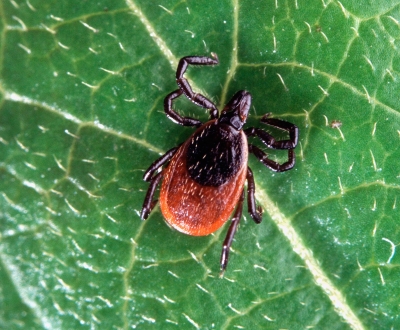Lyme disease spreads
Even if you’re not a football player, there are still ways for you to stay healthy and get a good workout. You can join an exercise class or run the track on your own.
After you get home from a long hike through the woods, you discover that a tick decided to come along for the ride.
If you’re lucky the tick could be totally harmless, but in recent years, many have not been so lucky.
Over the last ten years, there has been a steady rise in Lyme disease especially in the northeast and midwest. As of 2015, there have been 1102 confirmed cases of lyme disease in Virginia. Nationwide, there are a total of 28,453 confirmed cases.
As the cases of lyme disease continue to increase, it is important to know the symptoms and dangers that go along with the infectious disease.
After discovering a tick on your body, look to see if it is engorged or not. If it is not engorged, there is a smaller chance that it has had enough time to transfer the disease into your bloodstream. If you discover that it is engorged, keep on eying the place where the tick bit you.
Most people get a rash shaped like a bull’s eye after getting bit. After about a week, look out for flu like symptoms. If you have been infected, you could experience fatigue, stiffness, joint pains, headaches, as well as fainting.
If you do experience these symptoms, make sure to seek medical attention from a doctor or specialist.
Lyme disease cannot always be treated. If medical attention is sought early enough, it can be cured. However, in some cases lyme disease can be permanent.
If you ever find yourself in a situation that causes you to question if you have lyme disease, make sure to take care of the problem early on.
Always be sure to check your body after going on hikes or runs through areas with tall grass and remove any ticks as soon as you find them in order to avoid going through the struggles of lyme disease.


Senior Grace Hogye is currently the Managing Editor for The A-Blast. This is her fourth year on staff. For her first three years, she was a staff writer...






